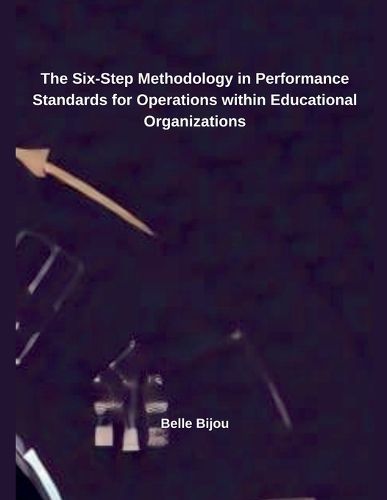Readings Newsletter
Become a Readings Member to make your shopping experience even easier.
Sign in or sign up for free!
You’re not far away from qualifying for FREE standard shipping within Australia
You’ve qualified for FREE standard shipping within Australia
The cart is loading…






There's no one definition of 'quality' that applies to every discipline. In education, quality occurs when students are learning and schools and universities create value for those they serve and those who serve them. Concepts such as these, can guide improved teaching and learning in ways, that students, teachers, administrators and the community will notice and appreciate on a daily basis. (ASQ, 2010). Green and Harvey summarized five different approaches to describe quality viz-a- viz exceptional, consistent, relevant, valuable and transformative (Green & Harvey, 1993). Sir John Daniel, President and CEO, Commonwealth of Learning describes quality as 'fitness for purpose at minimum cost to society'. In a service oriented industry like academics, quality is more a process; a process that requires to adhere to the changing dynamics of relevance and transformation yet maintaining consistency in value. Among the various reasons quoted by researchers (Mishra, 2006) in their study of inquiry into "Why quality in academics?" factors such as 'Competition', 'Student satisfaction', 'Standard maintenance and compliance', 'Accountability' and 'Motivation' were named. (Owlia, 1996). Globalization of higher education, (Altbach, 2001) the competition associated with it (Franck, Egon, & Schoenfelder., 2000); the mounting expectations (Russell, 2007, Sep 25), and the shifting dynamisms of the Academia (Boddy, 2007) has intensified the competition in this sector. This has prompted the management of Universities and Institutes of Higher Education to pay more attention in assessing the overall student's perceived service quality! (Kwek, Tan, & Lau, 2010)
$9.00 standard shipping within Australia
FREE standard shipping within Australia for orders over $100.00
Express & International shipping calculated at checkout
There's no one definition of 'quality' that applies to every discipline. In education, quality occurs when students are learning and schools and universities create value for those they serve and those who serve them. Concepts such as these, can guide improved teaching and learning in ways, that students, teachers, administrators and the community will notice and appreciate on a daily basis. (ASQ, 2010). Green and Harvey summarized five different approaches to describe quality viz-a- viz exceptional, consistent, relevant, valuable and transformative (Green & Harvey, 1993). Sir John Daniel, President and CEO, Commonwealth of Learning describes quality as 'fitness for purpose at minimum cost to society'. In a service oriented industry like academics, quality is more a process; a process that requires to adhere to the changing dynamics of relevance and transformation yet maintaining consistency in value. Among the various reasons quoted by researchers (Mishra, 2006) in their study of inquiry into "Why quality in academics?" factors such as 'Competition', 'Student satisfaction', 'Standard maintenance and compliance', 'Accountability' and 'Motivation' were named. (Owlia, 1996). Globalization of higher education, (Altbach, 2001) the competition associated with it (Franck, Egon, & Schoenfelder., 2000); the mounting expectations (Russell, 2007, Sep 25), and the shifting dynamisms of the Academia (Boddy, 2007) has intensified the competition in this sector. This has prompted the management of Universities and Institutes of Higher Education to pay more attention in assessing the overall student's perceived service quality! (Kwek, Tan, & Lau, 2010)